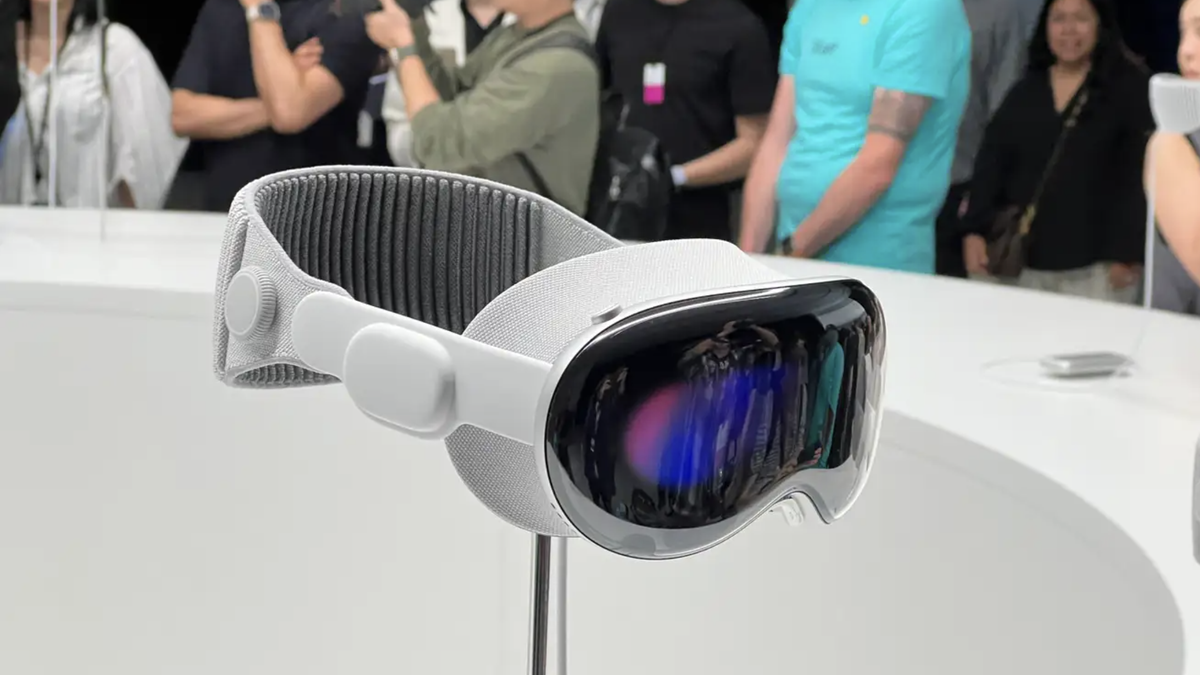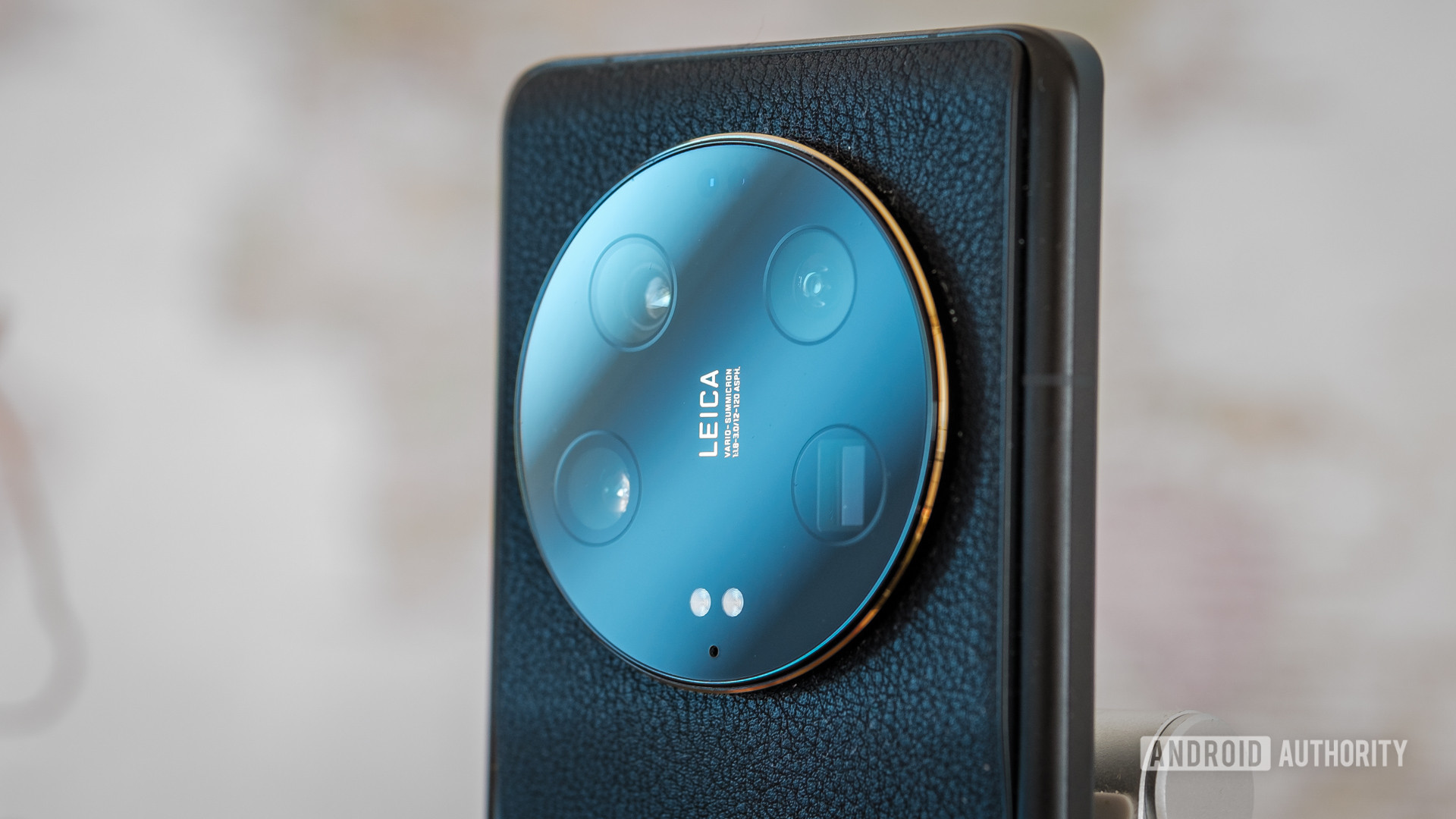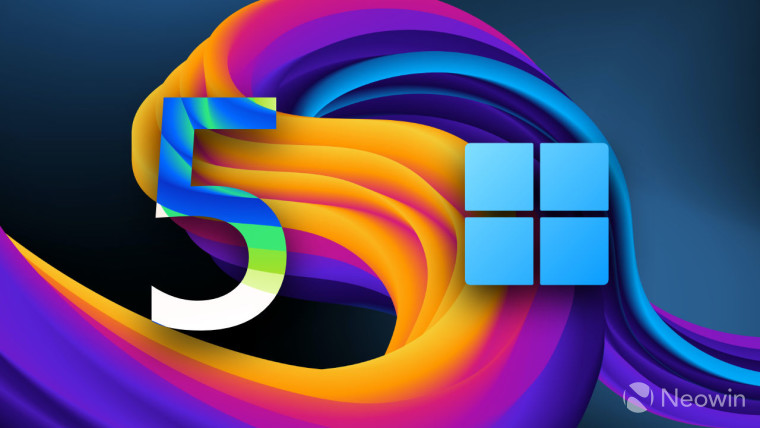When I had the chance try Apple’s Vision Pro headset a few weeks ago, there was a big difference between what I wore and the display models presented by Apple.
Official photos and videos showed a sleek over-the-eyes wearable that hangs behind the wearer’s head with a wide and comfortable look, like a set of ultra-premium ski goggles.
The Vision Pro version I had the chance to wear added something to the physical package, a second headtrap that went over the top of my skull. It’s there to provide extra support and better balance the weight of the headset on my head.
Why the difference between the public visuals and the private demo hardware? Vision Pro is far from complete, and demo sessions very often use underdeveloped or incomplete hardware, and in my many years of reviewing tech products, there are often differences between our first look at a new product and the final shipping version.
But that doesn’t address the big issue here, which is that virtual reality (or as Apple calls it, spatial computing) headsets are essentially big head-mounted computer-plus-monitor rigs. Because of the computing power required, they are typically heavy and bulky and the distribution of hardware around the headset needs to be carefully managed to create a wearable mix that doesn’t fall off your head too easily.
That’s why almost all previous virtual or mixed reality headsets have included some type of top strap as well as a behind-the-back strap. That goes for early models like the original Oculus Rift and HTC Vive as well as recent headsets like the Oculus Quest 2. There’s even a healthy third-party business in aftermarket accessories for popular headsets , which promises heavier straps and better weight distribution.
Some headsets, like the PSVR 2 or Hololens 2 combine a large back piece that is less flexible than a simple strap with an equally large angled forehead piece, which places the device on your skull.
In a newsletter from Bloomberg’s Apple reporter Mark Gurman, he said that the head strap may indeed be part of Apple’s final design, but may also not come in the box by default, which would be an interesting choice for a device that costs $3,500. Gurman wrote: “To address the weight issue, Apple developed a second strap that goes over the wearer’s head. But the company is considering selling that strap as an additional accessory instead of including it in the box.
That decision could open the door for more third-party accessories, making the Vision Pro highly customizable, just like other Apple products from the iPhone to the iPad to the MacBook all have endless cases, stands and other add-ons.
But it also points to the Vision Pro as a potentially unfinished product, and I’ve had a long-standing issue with devices that almost ship with accessories to be fully functional. A few cases that jump out in my memory include Valve’s Steam Deck, which actually requires a sold separately (or 3D-printed) stand, and Microsoft’s Surface Pro line, which is built around a great cover of keyboard that the company forces you to buy separately. .
The idea that the apparently necessary (if I had to wear it during my demo, it seemed necessary) head strap would be an extra expense isn’t great for early adopters, but it also means you can give the your money on any number. by accessory makers instead of Apple.
None of this solves the biggest spatial/virtual/augmented/mixed reality hardware problem. Until we get something closer to the size and weight of a pair of eyeglasses, which was reportedly Apple’s original design intent for this category, we’ll still have trouble attaching a high-end computer , with double monitors, in our human-sized head.
#Apples #Vision #Pro #Strap #problem















Add Comment